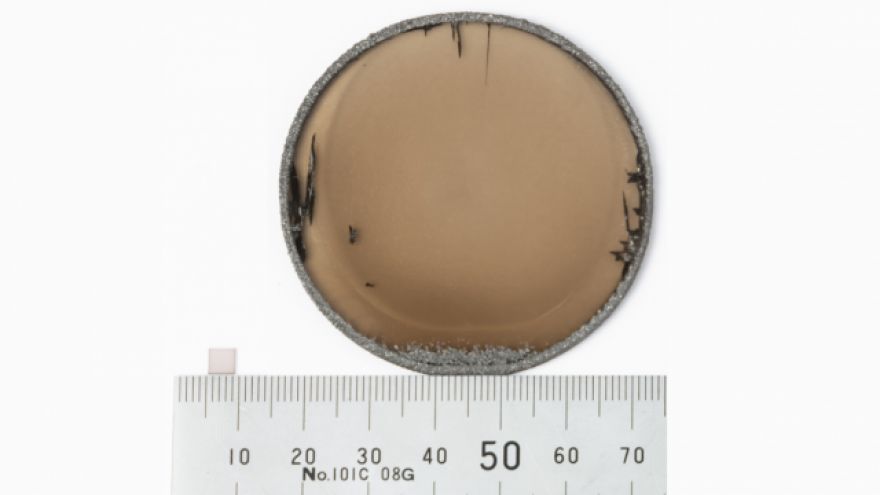
Two-inch Diamond Wafer Could Redefine Future Storage
The challenge was to create a diamond wafer that was both “pure” and bigger than the current standard of 4mm, which is too small to be practical.

The Step-flow growth technique. (Image: Adamant Namiki Precision Jewel Co., Ltd.)
Diamonds are seen as the ideal medium for quantum computing storage. This is due to a defect in their design called the nitrogen-vacancy center (NV Center). This defect occurs when one carbon atom in the diamond’s crystal lattice is replaced by a nitrogen atom, with the adjacent lattice site left empty. This defect traps electrons, and this is how the defects are used for storage. It’s a binary system where if an electron is detected, it’s a 1, if it’s empty (neutral), it’s a zero. Additionally, different types of lasers can alter the states of the defects’ electrons. This allows diamonds to be written to, erased, and rewritten to seemingly forever. Additionally if it’s kept in the dark, it could theoretically hold the data for eternity.
This marks a major breakthrough for quantum computing. The company says the wafers can be mass produced, and it expects to introduce them commercially in 2023. describes the discovery as something that “is expected to lead to the realization of quantum computers in the future.” Before you get your hopes up about your next quantum computer upgrade, it’ll be awhile before anything is commercially available. We’ll remind you to have a “viable” quantum computer by the year 2029.
Now Read: